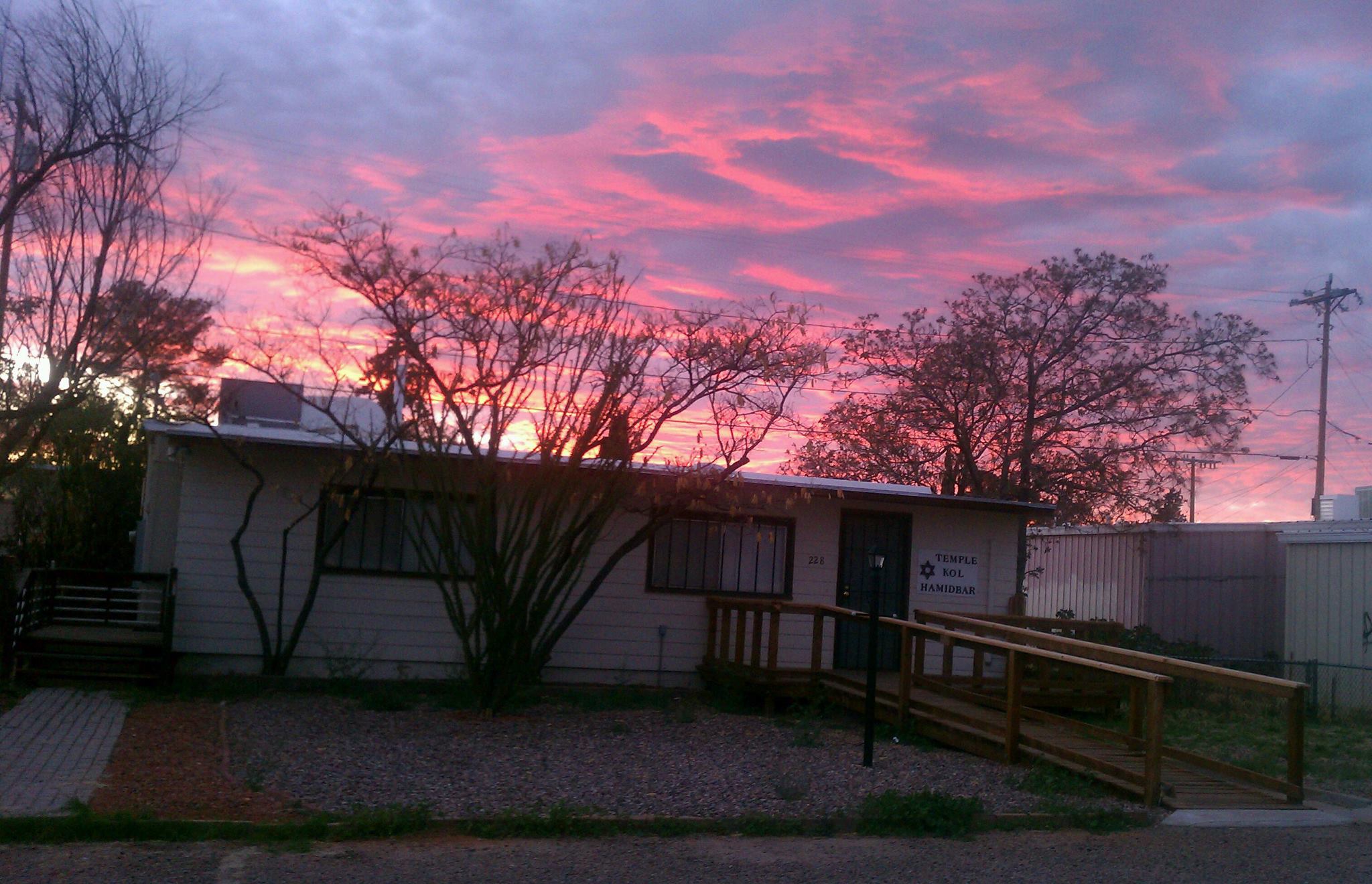HAPPY SUKKOT – SEPTEMBER 20-27 2021
SUKKOT (Festival of Booths) – September 20-27, 2021
From ReformJudaism.org https://reformjudaism.org/jewish-holidays/sukkot
Sukkot, [the last of the three biblical pilgrimage festivals along with Pesach and Shavuot,] is one of the most joyful festivals on the Jewish calendar. “Sukkot,” a Hebrew word meaning “booths” or “huts,” refers to the Jewish festival of giving thanks for the fall harvest. The holiday has also come to commemorate the 40 years of Jewish wandering in the desert after the giving of the Torah atop Mt. Sinai.
Sukkot begins at sundown this evening, Monday, September 20, 2021. In the Reform Movement, as in Israel, it lasts until Monday, September 27, followed immediately by Shemini Atzéret/Simchat Torah.
Also called Z’man Simchateinu (Season of Our Rejoicing), Sukkot is the only festival associated with an explicit commandment to rejoice. Sukkot is celebrated five days after Yom Kippur on the 15th of the Hebrew month of Tishrei, and is marked by several distinct traditions. One, which takes the commandment to dwell in booths literally, is to erect a sukkah, a small, temporary booth or hut. Sukkot (in this case, the plural of sukkah) are commonly used during the seven-day festival for eating, entertaining and even for sleeping.
Another name for Sukkot is Chag HaAsif (Festival of the Ingathering), representing the importance in Jewish life of giving thanks for the bounty of the earth.
MUSIC
Hallel (praise) refers to a specific selection from the Book of Psalms. These psalms—113 to 118—are sung or recited in the synagogue on all festivals…; they are also associated with the waving of the lulav and etrog during Sukkot (M. Sukkah 3:9).
RITUAL OBJECTS
Sukkah: The sukkah symbolizes the frail huts in which the Israelites lived during their 40 years of wandering in the desert after the Exodus from Egypt. It also serves to remind Jews of the biblical account of how God protected them, provided for their needs in the wilderness, and by implication, still watches over us today.
- A sukkah has to have two and a half walls. Only one can be an existing wall, like the side of a house. The walls may be constructed of any material, generally canvas, wood or metal. Today, it is possible to buy ready-to-assemble sukkah kits.
- The roof is to be temporary, covered with loose branches from trees or anything that grows out of the ground, and has been cut off from the ground. According to tradition, this roof covering, s’chach [סְכָךְ – thatch], should give shade and yet allow those in the sukkah to see the stars through the roof at night.
Lulav and Etrog: Sukkot celebrates the fall harvest, expressed by blessing and waving the lulav and the etrog, symbols of the harvest; by building and decorating a sukkah; and by extending hospitality to friends and family.
The lulav is a combination of date palm [lulav], willow [aravah] and myrtle [hadass] branches, held together by a woven palm branch. The etrog, or citron, is a lemon-like fruit with a wonderful citrus smell. When reciting the blessing over the lulav and etrog, one should wave them in six directions—north, south, east, west, up, and down. This action symbolizes that God can be found in all directions, not only in one particular place.
The traditional ritual for the lulav and etrog is as follows:
- Stand facing east. Place the lulav (with the spine facing you, myrtle on the right and the willows on the left) in your right hand and the etrog in your left hand. Bring your hands together so that the lulav and etrog are side by side. [Sefardim place the lulav in the center, aravah on each side, hadass on each side and tilted on the spine.]
- Next, recite this special blessing: Baruch atah Adonai, Eloheinu Melech haolam, asher kid’shanu b’mitzvotav v’tzivanu al n’tilat lulav. “Blessed are You, Adonai our God, sovereign of the universe, who has sanctified us through Your mitzvot and ordained the taking of the lulav.”
- On the first day of the festival, add the Shehecheyanu
- Shake the lulav in all directions – east, south, west, north, up, and down – while reciting or chanting the words Hodu l’Adonai ki tov ki l’olam chasdo. “Give thanks to God, for God is good, for God’s loving-kindness endures forever.” [Customs vary.]
AT HOME
Many families build their own sukkah at home, or visit the sukkah of other families. Extending hospitality, especially to the needy, is a Sukkot custom. Many Jews invite guests outside of their families to join them for a holiday meal in the sukkah.
It is a mitzvah to celebrate in the sukkah. This is done primarily by eating meals in the sukkah, especially on the first night of the Festival. Whenever one eats in the sukkah one recites haMotzi, the prayer over bread, and then adds a special blessing:
Baruch atah Adonai, Eloheinu Melech haolam, asher kid’shanu b’mitzvotav v’tzivanu leisheiv basukah.
Blessed are You, Adonai our God, sovereign of the universe, who has sanctified us through your mitzvot and commanded us to dwell in the sukkah.
During Sukkot, some Orthodox and observant Jews continue using the greeting “G’mar Chatimah Tovah” [may you be sealed (in the Book of Life) for good. They see this period as another chance to make things right until a really final sealing on the seventh day of the Festival called Hoshana Rabbah, the Great Supplication. Some congregations sound the Shofar on Hoshana Rabbah.
Current circumstances prevent us from gathering in person at Temple Kol Hamidbar to celebrate. Friday evening, September 24, we will use special Sukkot melodies and shake the Lulav and Etrog before our 7:30 PM Shazoom Service. In the meantime, the following website provided by Dr. Sam Caron, Congregational President, has some resources for families and individuals to make Sukkot more meaningful and celebratory. https://ejewishphilanthropy.com/putting-the-joy-into-sukkot-and-simchat-torah-on-zoom/
Chag Sukkot Sameach!
-Ruben
